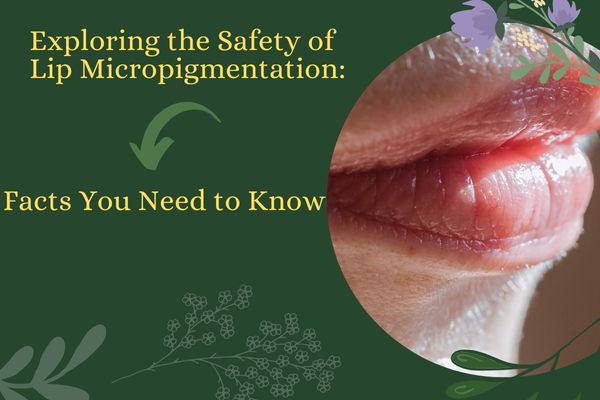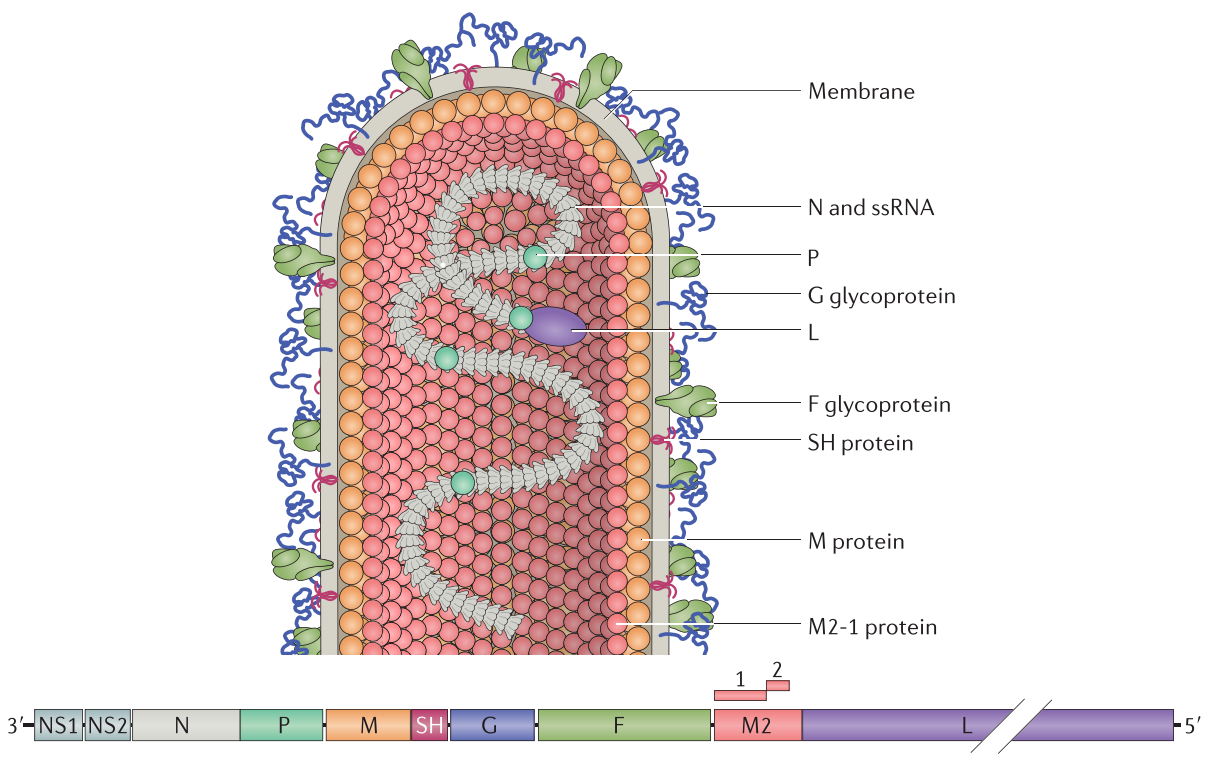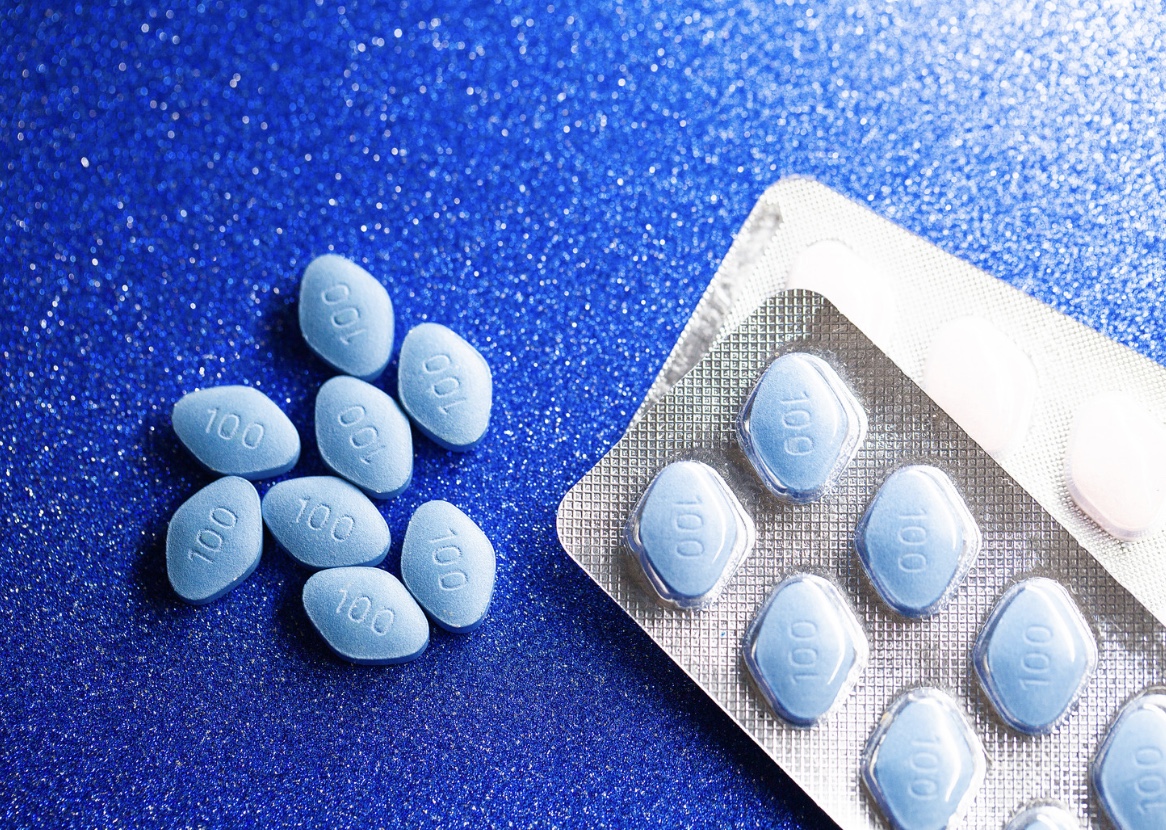Western blot gel electrophoresis is a fundamental technique used in molecular biology and biochemistry for the separation and analysis of proteins. Whether you’re a seasoned researcher or a novice in the field, understanding the ins and outs of this method is crucial for obtaining reliable and reproducible results. In this comprehensive guide, brought to you by Kendrick Labs, we will delve into the intricacies of Western blot gel electrophoresis, providing you with actionable insights and valuable tips to help you master this essential technique.
What is Western Blot Gel Electrophoresis?
Western blot gel electrophoresis, commonly referred to as Western blotting or immunoblotting, is a laboratory technique that allows for the separation, identification, and quantification of proteins in a complex mixture. The process involves three main steps:
Protein Separation: Proteins are separated based on their molecular weight through electrophoresis. This is typically done by loading a protein sample into a polyacrylamide gel, which is then subjected to an electric field. The proteins migrate through the gel at different rates, depending on their size and charge.
Protein Transfer: After separation, the proteins are transferred from the gel onto a membrane, such as nitrocellulose or polyvinylidene difluoride (PVDF). This step is essential for subsequent immunodetection.
Immunodetection: The transferred proteins on the membrane are probed with specific antibodies that bind to the target protein of interest. The bound antibodies are then detected using chemiluminescence or other detection methods, revealing the presence and quantity of the target protein.
Tips for Successful Western Blot Gel Electrophoresis
To ensure the success of your Western blot experiments, it’s essential to pay close attention to various critical factors and follow best practices. Here are some tips to help you achieve consistent and reliable results:
Sample Preparation
Proper sample preparation is the foundation of a successful Western blot. Ensure that your samples are appropriately lysed, and the protein concentration is accurately determined. Additionally, include a loading buffer and a reducing agent to denature the proteins, making them suitable for electrophoresis.
Gel Selection
The choice of gel is crucial, as it determines the resolution of your protein bands. Higher-percentage gels are suitable for separating small proteins, while lower-percentage gels are better for larger proteins. Consider using gradient gels if you have a wide range of protein sizes in your sample.
Loading and Running the Gel
Load the same amount of protein per lane and include a molecular weight marker for reference. Be careful not to overload the gel, as this can lead to distorted results. Run the gel at a consistent voltage and for a sufficient duration to ensure proper separation.
Membrane Transfer
The efficiency of protein transfer from the gel to the membrane is crucial. Pay attention to factors like transfer buffer composition, transfer time, and voltage. Semi-dry or wet transfer methods can be used, depending on your specific needs.
Blocking
After the transfer, block the membrane with a protein-based or non-protein-based blocking buffer to prevent non-specific binding of antibodies. Blocking time and temperature should be optimized for the specific antibodies used.
Antibody Selection
Select primary and secondary antibodies carefully. Ensure that the primary antibody is specific to your target protein, and use secondary antibodies conjugated to enzymes or fluorophores for signal detection. Consider using monoclonal antibodies for enhanced specificity.
Antibody Incubation
Incubate the membrane with antibodies under optimized conditions, typically at room temperature or 4°C. The duration and concentration of antibodies should be optimized to avoid background staining and ensure signal intensity.
Signal Detection
Use appropriate detection methods, such as chemiluminescence, fluorescence, or colorimetry. Follow the manufacturer’s recommendations for substrate incubation times and signal acquisition. Carefully handle X-ray film or imaging systems to avoid overexposure.
Data Analysis
Quantify your Western blot data using image analysis software. Compare the intensity of protein bands to control samples or loading controls. Perform statistical analysis to draw meaningful conclusions.
Troubleshooting
If you encounter issues with your Western blot, such as weak or non-specific bands, smearing, or poor transfer, don’t despair. Troubleshooting is an integral part of the process. Review each step of your protocol and make adjustments as needed.
Advanced Techniques and Variations
Once you have mastered the basics of Western blot gel electrophoresis, you may want to explore advanced techniques and variations to address specific research questions. Here are a few notable options:
Two-Dimensional (2D) Electrophoresis
2D electrophoresis combines isoelectric focusing (IEF) with SDS-PAGE, allowing for the separation of proteins based on both their molecular weight and isoelectric point. This is particularly useful for analyzing complex protein mixtures.
Phosphoprotein Western Blots
Phosphoprotein Western blots focus on the detection of phosphorylated proteins, which are involved in cell signaling pathways. Specialized antibodies that recognize phosphorylated residues are used for this purpose.
Membrane Protein Western Blots
Analyzing membrane proteins requires specific considerations, as they are hydrophobic and often challenging to solubilize. Specialized detergents and sample preparation techniques are employed in membrane protein Western blots.
Multiplexing
Multiplex Western blots enable the simultaneous detection of multiple target proteins within a single experiment. This is achieved by using differently colored secondary antibodies or distinct detection channels for each target.
Quality Control and Reproducibility
Reproducibility is a cornerstone of scientific research. To ensure the consistency and reliability of your Western blot results, consider implementing the following quality control measures:
Use Positive and Negative Controls
Include positive and negative controls in your experiments to validate the specificity of your results. Positive controls should be known samples with the target protein, while negative controls should lack the target protein.
Perform Parallel Experiments
Repeat your Western blot experiments in parallel to confirm the consistency of your findings. Consistent results in multiple experiments provide strong evidence for the reliability of your data.
Documentation
Keep thorough records of your Western blot experiments, including detailed protocols, reagent information, and image files. This documentation is critical for reproducibility and troubleshooting.
Collaborate and Seek Feedback
Engage with colleagues and peers to discuss your Western blot results and techniques. Collaborative efforts and constructive feedback can help you refine your methods and improve the quality of your data.
Conclusion
Mastering Western blot gel electrophoresis is essential for researchers in the fields of molecular biology and biochemistry. By following best practices in sample preparation, gel selection, electrophoresis, membrane transfer, antibody incubation, and data analysis, you can consistently obtain reliable and reproducible results. Additionally, exploring advanced techniques and variations can help address specific research questions. Don’t forget the importance of quality control and collaboration to ensure the highest standards of research integrity.
With Kendrick Labs, you have access to a wealth of expertise and resources to support your Western blot experiments. Whether you’re looking for specialized antibodies, custom assays, or expert advice, we’re here to help you advance your research.
Call to Action
Ready to take your Western blot skills to the next level? Explore our extensive range of products and services at Kendrick Labs, Inc and let us be your partner in achieving scientific excellence. Contact us today to discuss your research needs and discover how we can assist you in mastering Western blot gel electrophoresis. Your journey to precise and impactful protein analysis starts here.







